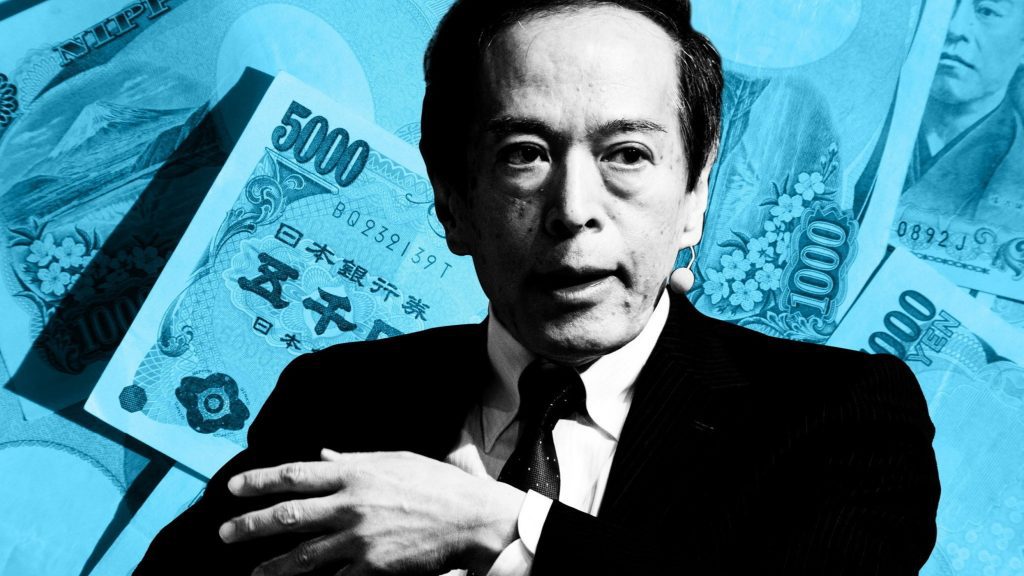Week ahead
US Economic Rise in Prices and Inflation: What to Expect from the Federal Reserve
🇺🇸 Last week, US manufacturing and service sector PMIs were released in their preliminary assessment of April.
The data showed that the average price of goods and services rose in April from September last year, and the inflation rate has now risen for three consecutive months. That increase helps explain why net inflation has been stubbornly up 5.6 percent, and points to a possible pick-up, or at least some stickiness, in consumer price inflation. Also, the index data of the contenders have been relatively worse than the market expectations, but the Philadelphia manufacturing survey has been reported to be weaker than the most pessimistic number expected. These data caused the market’s expectations for the interest rate of the Federal Reserve to change slightly.
Federal Reserve officials will remain silent next week as they enter a shutdown period. Still, there’s plenty on the U.S. economic calendar to help traders know what to expect from the Fed.
This week, we first have the consumer confidence index for the month of April, which will be released on Tuesday along with the sales figures for newly built homes in March. On Wednesday, durable goods orders will be released, but the first very important data will be seasonal changes in the gross domestic product (Q1), which will be released on Thursday.

The US economy is expected to have grown during this period, which means that a recession is not imminent. The pending sales will also be published on Thursday. The complexity of decisions is such that any data that induce recession to traders, although it weakens the US dollar, on the other hand, it also increases the demand for the safe dollar.
We consider an upward trend for the US dollar for three reasons
- High inflation in Britain
It causes investors to worry about the increase in global prices and the concern of further price increases, interest rates will increase not only from the BOE but also from the Federal Reserve. - Bullard of the Federal Reserve
It insists on raising rates two more times. While he is a hawkish person, his views influence the market. - Limited Volatility:
After last week’s correction, the dollar is benefiting from some demand.
Japan, consistent in Dovish policy
🇯🇵 Last Friday Japan’s PMI data released showed that Japan’s Jibun Bank manufacturing PMI rose to 49.5 in April 2023 from a final 49.2 in March, marking the highest reading since October last year amid further economic recovery. It was the sixth straight month of contraction in the sector, but the mildest in a row, as new orders fell at a slower pace and sales fell to their slowest pace since last July due to a softer decline in foreign demand. Meanwhile, production slowed slightly. At the same time, employment remained unchanged and workloads decreased at a slower pace. On the pricing front, input cost inflation eased to a 22-month low and there were more signs that supply chains are moving closer to stabilization, but output cost inflation picked up. Finally, business sentiment fell to a four-month low but remained stronger than the series average.

The Japanese yen continues to be under pressure from comments from new central bank chief Kazuo Ueda, who indicated the Bank of Japan will stick to its ultra-dovish monetary policy until price stability is achieved.
He said Japan’s inflation, currently around 3 percent, will return to below the BOJ’s 2 percent target later this year due to lower import costs. This week the economic calendar is full of inflation data releases, unemployment rates, and other important data. All of which can be traders’ bets for the Bank of Japan’s decisions on Friday. Although we can’t imagine any policy changes for the BOJ, this week’s data could have an impact on prices. Better-than-expected data could be good for the yen (JPY).
The RBA is waiting for the outcome of previous hikes
🇦🇺 Australian employment data came out surprisingly strong in March. The data showed that the labor market has held up well in the face of higher interest rates.
In monetary policy, the Reserve Bank of Australia kept rates unchanged at 3.6% in April after raising interest rates for ten sessions. Central bank seniors wanted more time to assess the impact of past interest rate hikes on the economic outlook. However, the RBA reiterated that further tightening may be needed to ensure inflation returns to target.
Therefore, whenever more figures are published in the Australian inflation data than expected, the probability of an interest rate increase by the RBA will increase, and traders will price this possibility in the purchase of the Australian dollar (AUD).
Economic calendar
Important news/events for this week are:
On Wed Apr 26:
🇦🇺 AUD CPI q/q and CPI y/y
Thu Apr 27:
🇺🇸 USD Advance GDP q/q and Unemployment Claims
Fri Apr 28:
🇯🇵 BOJ Outlook Report, Monetary Policy Statement and BOJ Press Conference
🇩🇪 German Prelim CPI m/m, CAD GDP m/m
🇺🇸 Core PCE Price Index m/m and Employment Cost Index q/q for USD.



Leave a Reply
You must be logged in to post a comment.